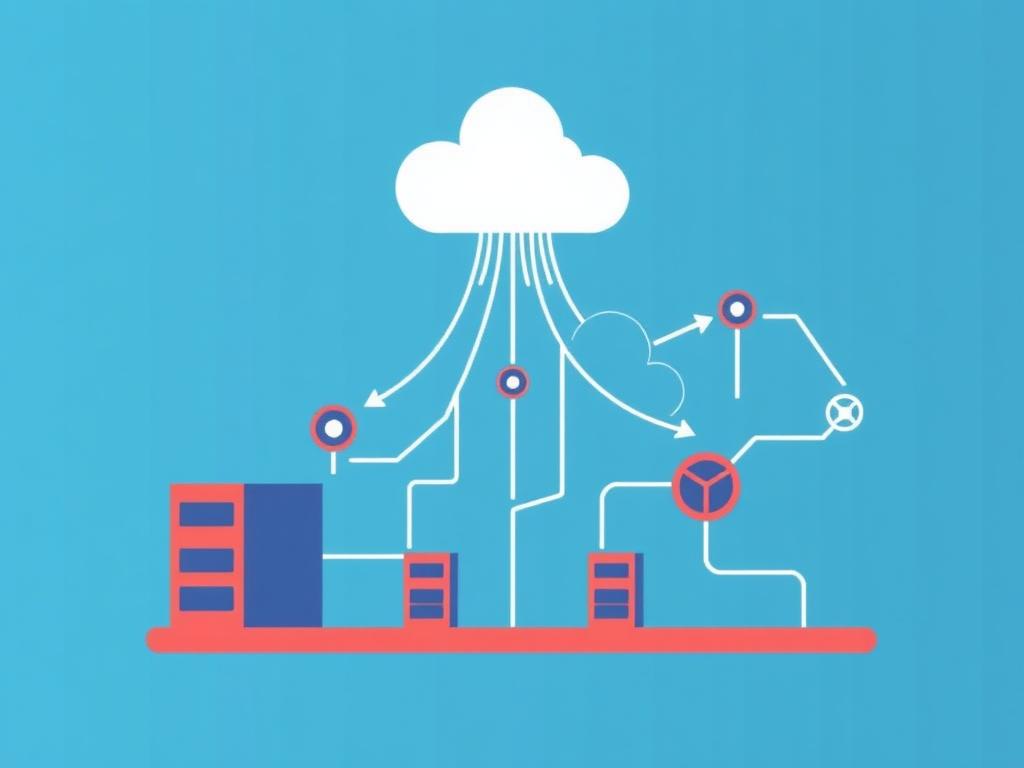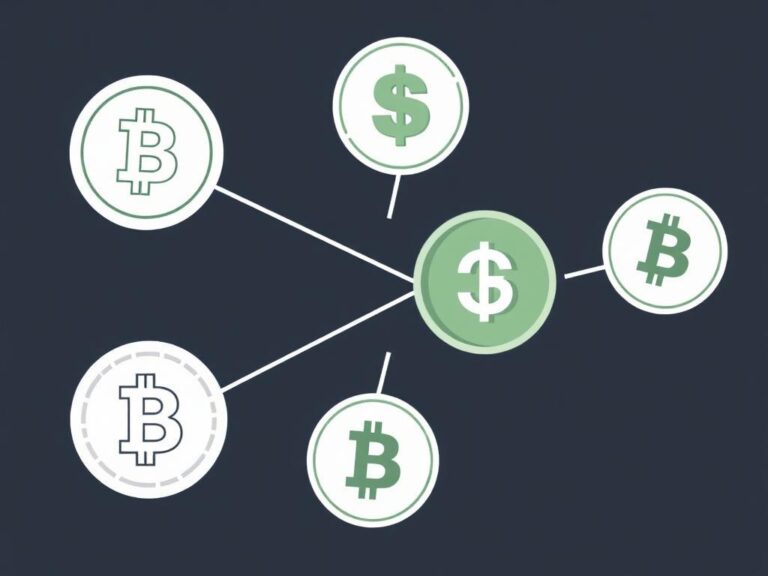How P2P CDNs (Content Delivery Networks) Work: A Deep Dive into the Future of Content Delivery
Introduction to P2P CDNs
When it comes to delivering digital content efficiently and reliably, traditional Content Delivery Networks (CDNs) have played an essential role. However, as internet usage grows exponentially and new challenges arise, a modern approach known as P2P CDNs has started to gain traction. But what exactly are P2P CDNs, and how do they differ from traditional CDNs? This article aims to unpack how P2P CDNs (Content Delivery Networks) work, why they matter, and what benefits they offer in today’s connected world.
First, a quick reminder: a Content Delivery Network is a system of distributed servers that deliver web content and media rapidly to users based on their geographic location. P2P, or Peer-to-Peer, technology traditionally involves sharing data directly between users’ devices – think of it as everyone helping everyone else by sharing resources. P2P CDNs combine these principles, creating a network where content is shared not just from centralized servers but also directly from users’ devices, or peers.
Understanding the Core Mechanism of P2P CDNs
At the heart of P2P CDNs is collaboration between the service provider’s infrastructure and users’ devices. Here’s how it generally works: when a user accesses a piece of content (be it a video, software update, or a webpage), rather than loading everything from a traditional central server or even just a regional CDN node, parts of the content are obtained from multiple sources.
These sources include:
- Dedicated CDN servers
- Edge servers located near the user
- Other users (peers) who have previously downloaded the same content
The content is broken down into smaller chunks or segments. Rather than streaming it sequentially from a single source, a P2P CDN enables the client device to download various chunks simultaneously from multiple peers and servers. This distributed delivery minimizes bottlenecks, reduces server load, and accelerates content delivery.
How P2P CDNs Differ from Traditional CDNs
To appreciate the innovation behind P2P CDNs, it’s useful to compare them to traditional CDNs. The table below outlines the main differences:
| Feature | Traditional CDN | P2P CDN |
|---|---|---|
| Content Source | Centralized servers / CDN edge nodes | Servers + User devices (peers) |
| Scalability | Limited by server capacity and network bandwidth | Highly scalable as users contribute bandwidth |
| Cost | High infrastructure and bandwidth costs | Reduced costs due to shared user resources |
| Reliability | Dependent on server uptime and load balancing | Improved resilience through distributed peer network |
| Latency | Often low due to edge servers | Potentially even lower by leveraging nearby peers |
In essence, P2P CDNs blend the robustness of traditional servers with the power of peer-driven content sharing, optimizing every aspect of content delivery.
Technical Components That Make P2P CDNs Work
Several core components and technologies enable P2P CDNs to function smoothly and securely:
1. Content Chunking and Hashing
Content is divided into pieces, each with a unique hash. This ensures data integrity because if a chunk is altered or corrupted, it can be detected and discarded.
2. Distributed Hash Table (DHT)
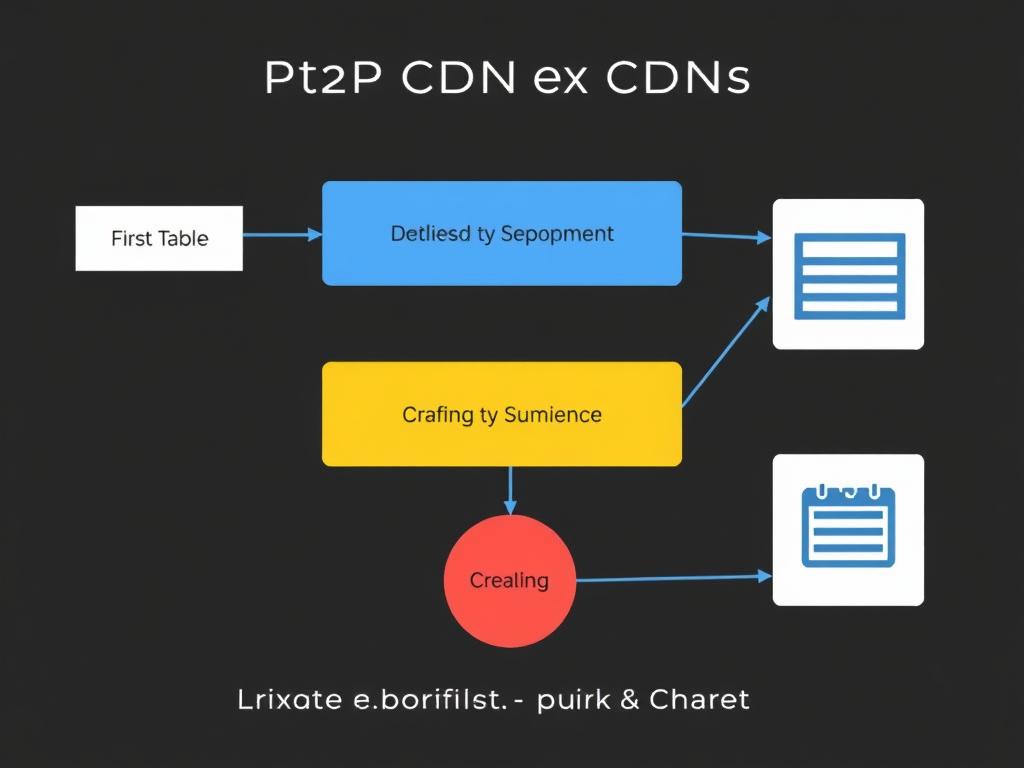
This allows peers to locate which devices have the chunks they need without central coordination. The DHT essentially acts as a decentralized directory.
3. Peer Discovery and Selection Algorithms
Smart algorithms pick the best peers based on factors like latency, bandwidth availability, and geographical proximity. This ensures content loads quickly and smoothly.
4. Incentive and Reputation Systems
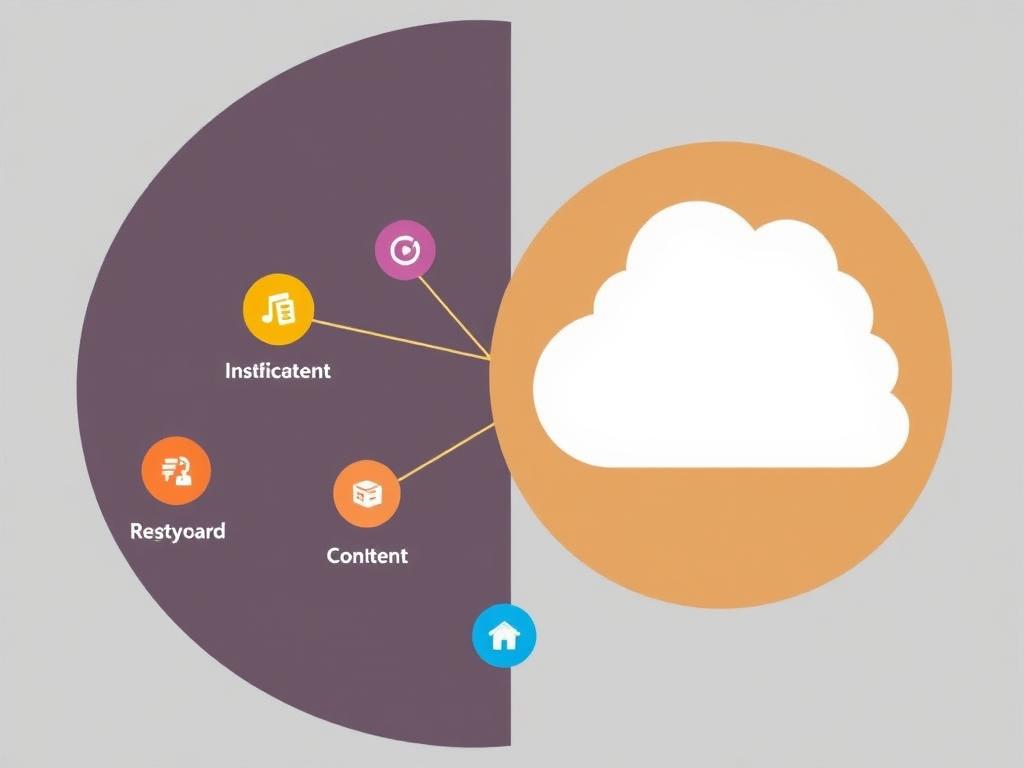
To encourage users to share their resources, some P2P CDNs implement mechanisms to reward or prioritize reliable peers, improving overall network health.
5. Security Protocols
To prevent malicious users from injecting bad data, P2P CDNs incorporate encryption, authentication, and data verification techniques.
Advantages of Using P2P CDNs
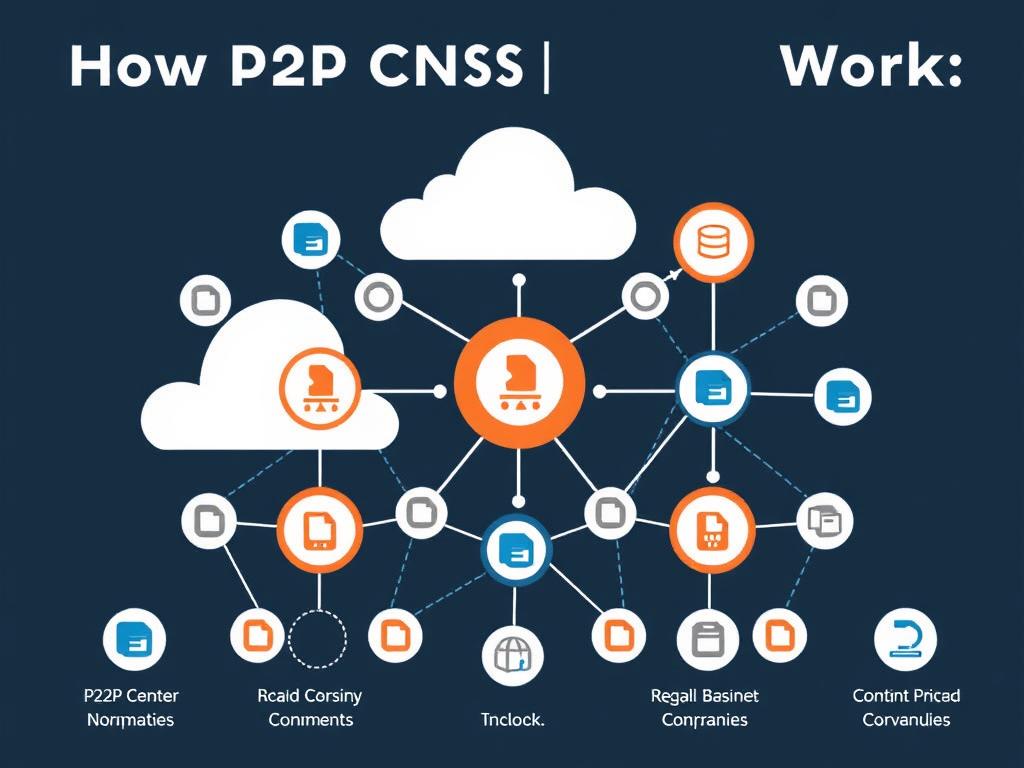
P2P CDNs bring a host of benefits for content providers and users alike. Here are some of the most compelling advantages:
- Improved Scalability: As more users join the network, bandwidth and caching capacity increase, reducing the need for extra infrastructure.
- Cost Efficiency: By offloading traffic from central servers, companies save on bandwidth and server expenses.
- Enhanced Resilience: With content distributed across many peers, the system can handle server outages or sudden surges in demand gracefully.
- Faster Content Delivery: Peers located physically close to the user often provide lower latency compared to distant servers.
- Reduction of Network Congestion: Traffic is distributed across many paths, lowering congestion on critical internet backbones.
Common Use Cases for P2P CDNs
While P2P CDNs can be applied to a wide array of digital content, certain scenarios especially benefit from their architecture:
- Video Streaming and Live Broadcasts: High-bandwidth content like 4K videos or live events benefit greatly as peers share parts of the video simultaneously.
- Software Distribution and Updates: Operating system patches, game updates, and application installers can be delivered efficiently without overwhelming servers.
- File Sharing and Large Media Downloads: Instead of downloading from a single source, users get faster speeds via multipoint sharing.
- Decentralized Web Applications: P2P CDNs underpin some decentralized platforms aiming to reduce reliance on centralized infrastructure.
Challenges and Considerations
Despite their promise, P2P CDNs aren’t without challenges. Because they depend on user devices, the quality of service can vary. If peers have slow or unstable connections, or if they disconnect suddenly, some content chunks may be temporarily unavailable.
Privacy is another concern. While most implementations only share specific chunks of non-sensitive content, users may worry about bandwidth usage or exposure to malicious peers. Therefore, P2P CDNs need robust security and data protection measures.
Additionally, the effectiveness of a P2P CDN depends on having enough active peers sharing the same content. For niche or newly published content, initial seeding from servers remains critical until a sufficient peer base forms.
The Future of P2P CDNs
Given the explosive growth of digital media consumption and the rise of decentralized technologies, P2P CDNs are poised for greater adoption. By harnessing the collective power of users’ devices, they promise an internet that is faster, cheaper, and more resilient.
Innovations such as integrating blockchain for transparent peer incentives, edge computing to enhance peer efficiency, and AI-based optimization algorithms will likely push P2P CDNs to the forefront of content delivery solutions.
Conclusion
P2P CDNs (Content Delivery Networks) represent a fascinating evolution in how digital content is delivered across the internet. Blending traditional server infrastructure with peer-to-peer sharing, they optimize scalability, performance, and cost-efficiency in ways conventional CDNs alone cannot. While challenges around security, privacy, and peer availability persist, ongoing technological advances continue to address these hurdles effectively. For anyone interested in the future of digital media, streaming, and decentralized web technologies, understanding how P2P CDNs work is key to appreciating the changing landscape of content delivery. The blend of cooperation and technology within P2P CDNs shows us a path forward to a faster, more reliable internet experience powered by the collective strength of its users.
